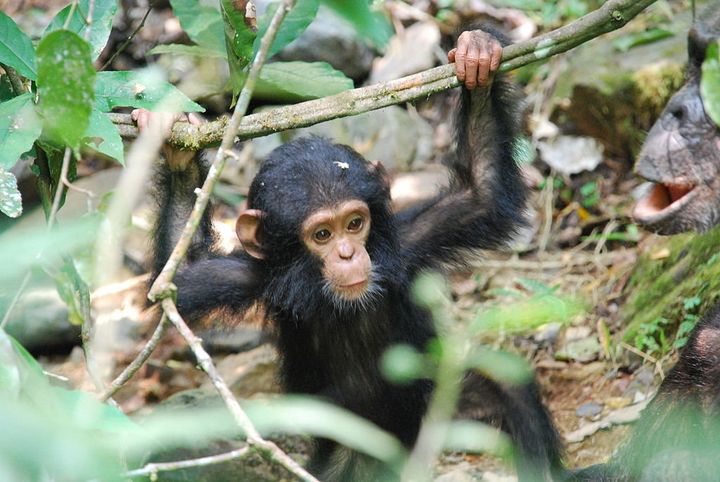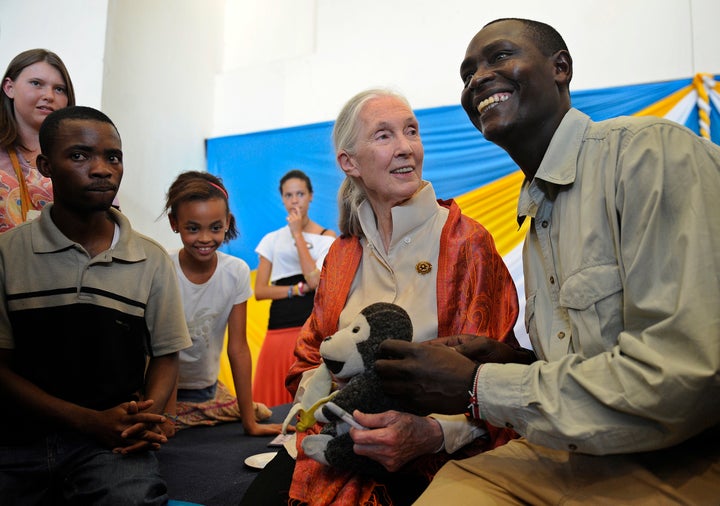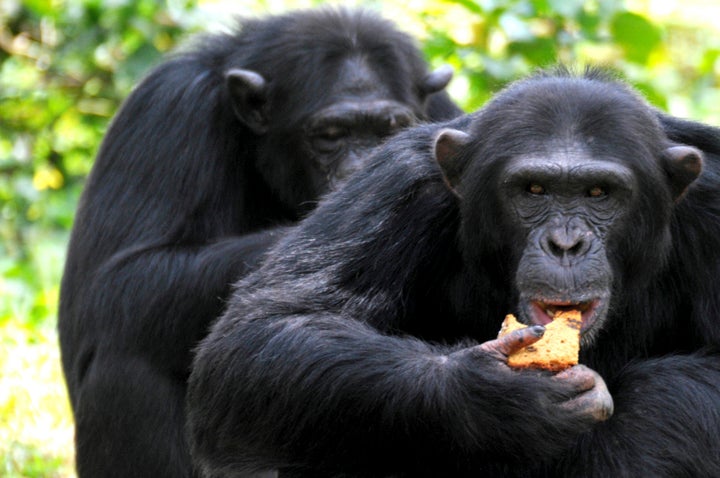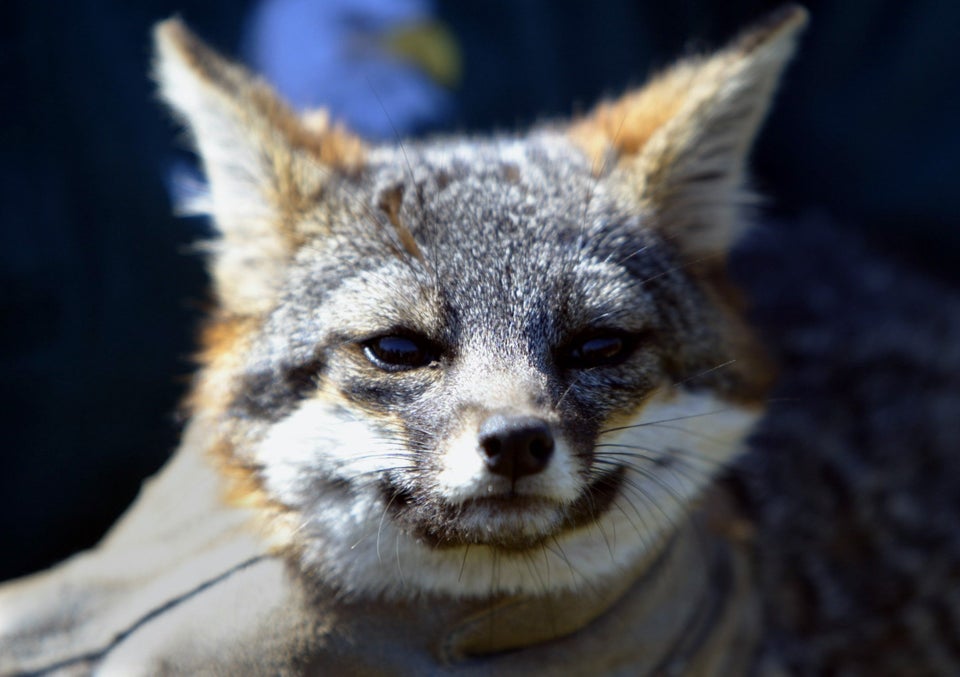The contrast of the two satellite images below is striking. The one on the right, taken in 1972, shows areas outside Tanzania’s Gombe National Park awash with splotches of bright green, an indicator of forest cover. The one on the left, captured in 1999, is dominated by swathes of dull brown — the result of years of deforestation.
In just under three decades, 80 percent of some forests outside Gombe National Park had been destroyed.

In the video above, published by NASA on Tuesday, the space agency explains how satellite images like these ones have helped save wildlife and improve livelihoods in Gombe National Park.
Since 2000, the Jane Goodall Institute, a conservation nonprofit that’s worked extensively in Gombe, specifically with the park’s endangered chimpanzees, has been using NASA’s and the U.S. Geological Survey’s Landsat satellite images to inform their chimp conservation strategies and boost their efforts to improve the living standards of local communities.
“Unlike maps, which don’t show the chimpanzees’ habitat side-by-side with human activities, Landsat imagery shows both scientists and the villagers the direct result of various land uses ― farming and logging for example ― and how they shaped the surrounding terrain and forests,” NASA wrote in a news release this week.
The images have allowed conservationists to pinpoint where chimps are most at risk in the park and to design the best strategies to protect them.
“NASA satellite data helps us understand what it means to be a chimp by overlaying distribution of the habitat with the chimpanzee behavior and ranging data,” Lilian Pintea, vice president of conservation science at the Jane Goodall institute, said in a statement.



The images have also helped villagers in the region to implement better land use strategies. Deforestation, caused by unchecked agriculture, local logging and charcoal production, has for decades posed a major threat to both chimps and people living in and around Gombe. The apes have lost critical feeding and nesting grounds, while people have suffered the degradation of valuable forest resources like honey and important tree species. Local water cycles have also been altered, triggering widespread erosion and flash flooding.
Conservationist Jane Goodall, founder of the institute that bears her name, recalled seeing the “bare” hills of Gombe when she flew over the park in 1990.
“We flew over ... and it was absolutely horrifying to me to see that,” she said during a 2011 talk. “Yes, I knew there was deforestation outside the park but I had not realized it was total deforestation.”
Local communities, she said, were hard-hit by the forest’s destruction. “People were clearly struggling to survive,” Goodall said in the NASA video published this week.
She and her colleagues needed a way to engage with villagers ― to help them understand the extent of the deforestation crisis and empower them to make better land use choices that would not just be beneficial to their communities but to chimps and other wildlife too.
“Gombe has taught us that long-term conservation is not possible without engaging local populations as partners and addressing their basic needs,” the Jane Goodall Institute writes on its website. “At the same time, Gombe has also shown us that the long-term prosperity of people depends upon protection of natural resources.”
The satellite images, Pintea said, were the perfect tool to educate and inspire.
“[The villagers would] tell stories about how the hills were covered in forest,” he said in the clip. “But then when you show them a picture, it’s very shocking to everybody, realizing what has been lost.”
The images motivated villagers to form partnerships with the Jane Goodall Institute to help protect valuable forest reserves and to find better ways to sustainably manage their land. This technology, NASA said, has been a “game changer for improving local conservation efforts.”
Today, the forests of Gombe are steadily recovering. Satellite images captured between 2005 and 2014 show the hills of the park growing greener by the year.
(Animation credit: DigitalGlobe/the Jane Goodall Institute)
Pintea said scientists have been using Landsat satellite images to help monitor and study chimps across their entire range, not just those in Gombe.
About one million chimpanzees roamed the Earth at the start of the 20th century, according to the Jane Goodall Institute. Today, that number has plummeted ― mostly due to habitat loss ― to under 300,000.
“Current trends indicate that African ape populations will decline by an additional 80 percent in the next 30-40 years,” the institute writes on its website. “We have a generation and a half ― possibly two ― to alter the trend.”
Correction: The photos at the top of this post show areas outside Tanzania’s Gombe National Park. A previous version of this article said the images were of the park itself.

